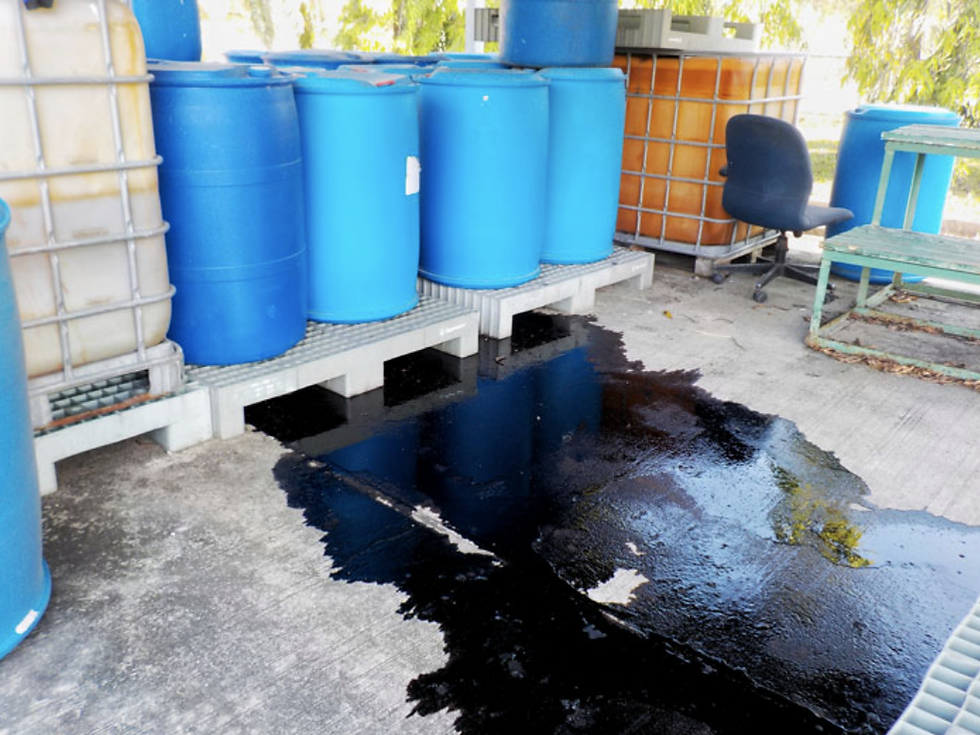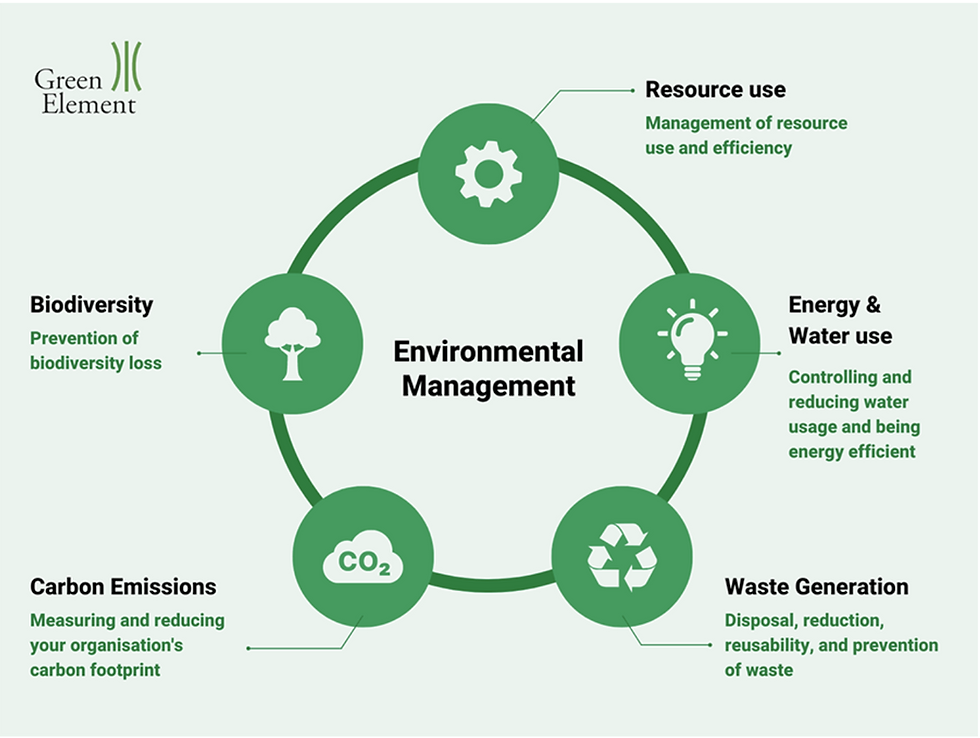Confined Spaces
- Dorset Health and Safety

- Dec 3, 2021
- 3 min read
A confined space is a place which is substantially enclosed (though not always entirely), and where serious injury can occur from hazardous substances or conditions within the space or nearby (e.g. lack of oxygen).

Some confined spaces are fairly easy to identify, eg enclosures with limited openings:
■ storage tanks;
■ silos;
■ reaction vessels;
■ enclosed drains;
■ sewers.
Others may be less obvious, but can be equally dangerous, for example:
■ open-topped chambers;
■ vats;
■ combustion chambers in furnaces etc;
■ ductwork;
■ unventilated or poorly ventilated rooms.
It is not possible to provide a comprehensive list of confined spaces. Some places may become confined spaces when work is carried out, or during their construction, fabrication or subsequent modification.
Dangers can arise in confined spaces because of the following issues.
■ A lack of oxygen.
This can occur:
▬ where there is a reaction between some soils and the oxygen in the atmosphere;
▬ following the action of groundwater on chalk and limestone which can produce carbon dioxide and displace normal air;
▬ in ships’ holds, freight containers, lorries etc as a result of the cargo reacting with oxygen inside the space;
▬ inside steel tanks and vessels when rust forms.
■ Poisonous gas, fume or vapour.
These can:
▬ build-up in sewers and manholes and in pits connected to the system;
▬ enter tanks or vessels from connecting pipes;
▬ leak into trenches and pits in contaminated land, such as old refuse tips and old gas works.
■ Liquids and solids which can suddenly fill the space, or release gases into it, when disturbed. Free-flowing solids such as grain can also partially solidify or ‘bridge’ in silos, causing blockages which can collapse unexpectedly.
■ Fire and explosions (eg from flammable vapours, excess oxygen etc).
■ Residues left in tanks, vessels etc, or remaining on internal surfaces, which can give off gas, fume or vapour.
■ Dust present in high concentrations, eg in flour silos.
■ Hot conditions leading to a dangerous increase in body temperature.
Some of the above conditions may already be present in the confined space. However, some may arise from the work being carried out, or because of ineffective isolation of plant nearby, eg leakage from a pipe connected to the confined space. The enclosure and working space may increase other dangers arising from the work being carried out, for example:
■ machinery being used may require special precautions, such as provision of dust extraction for a portable grinder, or special precautions against electric shock;
■ gas, fume or vapour can arise from welding, or by use of volatile and often flammable solvents, adhesives etc;
■ if access to the space is through a restricted entrance, such as a manhole, escape or rescue in an emergency will be more difficult (see Emergency procedures).
What the law says
You must carry out a suitable and sufficient assessment of the risks for all work activities to decide what measures are necessary for safety (under the Management of Health and Safety at Work Regulations 1999, regulation 3). For work in confined spaces this means identifying the hazards present, assessing the risks and determining what precautions to take. In most cases the assessment will include consideration of:
■ the task;
■ the working environment;
■ working materials and tools;
■ the suitability of those carrying out the task;
■ arrangements for emergency rescue.
HSE’s risk management website will help you further. You may need to appoint competent people to help manage the risks and make sure that employees are adequately trained and instructed (under the Management of Health and Safety at Work Regulations 1999, regulation 7). Of course, you may be the best person to do this, however, you may need to train someone else or engage the services of a competent person for additional help.
If your assessment identifies risks of serious injury from work in confined spaces, such as the dangers highlighted above, the Confined Spaces Regulations 1997 apply. These regulations contain the following key duties:
■ avoid entry to confined spaces, eg by doing the work from outside;
■ if entry to a confined space is unavoidable, follow a safe system of work; and
■ put in place adequate emergency arrangements before the work starts.
Fore more information on managing the risks when working in confined spaces see the HSEs webpage dedicated to this subject HERE






Comments